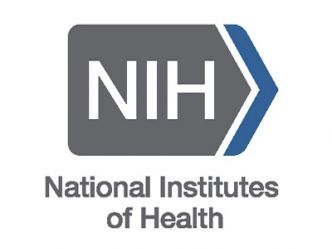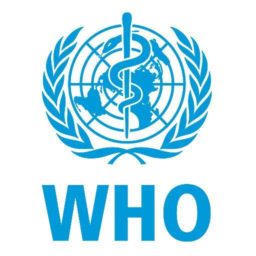Radioactivity Measurements at the Molve Gas Field

IMI projekti


Croatian-German Research projects within the Programme of Encouraging Joint Participant Exchange in projects established between the Ministry of Science, Education, and Sports and the German Academic Exchange Service (DAAD) for 2015-2016
The main aim of this project is to assess the effect of As exposure on Diabetes Mellitus Type 2 (DMT2) risk in a representative sample of the Croatian population. The proposed study is preliminary in character and designed as a case-control study.

Croatian-French cooperation programme “Cogito” of the Hubert Curien Partnership
Duration: 2015-2016
Our collaboration and investigation focused on the synthesis of effective reactivators of organophosphorus (OP) compound-inhibited cholinesterases (French group) along with a determination of interaction of cholinesterases with reactivators (Croatian group), all with the goal of developing new antidotes for intoxication with highly-toxic OP compounds. In order to achieve this goal, our
partners from Rouen synthesized seven new oximes while our research included:
From seven new oximes, three were shown to be exceedingly effective reactivators and we will continue to investigate their efficiency through ex vivo and in vivo testing. The results were presented at two international scientific meetings as two posters and one oral presentation.

NIH CounterACT Exploratory/Developmental Projects in Translational Research (R21)
2013-2016
This project focused on the detoxification of nerve agent and pesticide organophosphates (OPs) directly in the tissue of OP-exposed individuals as a means of protecting them from both acute and chronic consequences of OP intoxication. It was based on two premises:

EC-JRC Project
The Institute has been a participant in the implementation of this thematic cluster of the Scientific Support to the Danube Strategy since 2013. Find out more about the thematic cluster here.

„Supporting Air Quality Management, (Phase II)” (2014-2015)


Bilateral Croatian-Serbian Scientific and Research Programme
(2016-2017)

Bilateral Croatian-Slovenian Programme of Scientific Research Cooperation
Title in Slovenian: Kinetične raziskave interakcij PON1 s farmakološko pomembnimi karbamatnimi spojinami
(2016-2017)